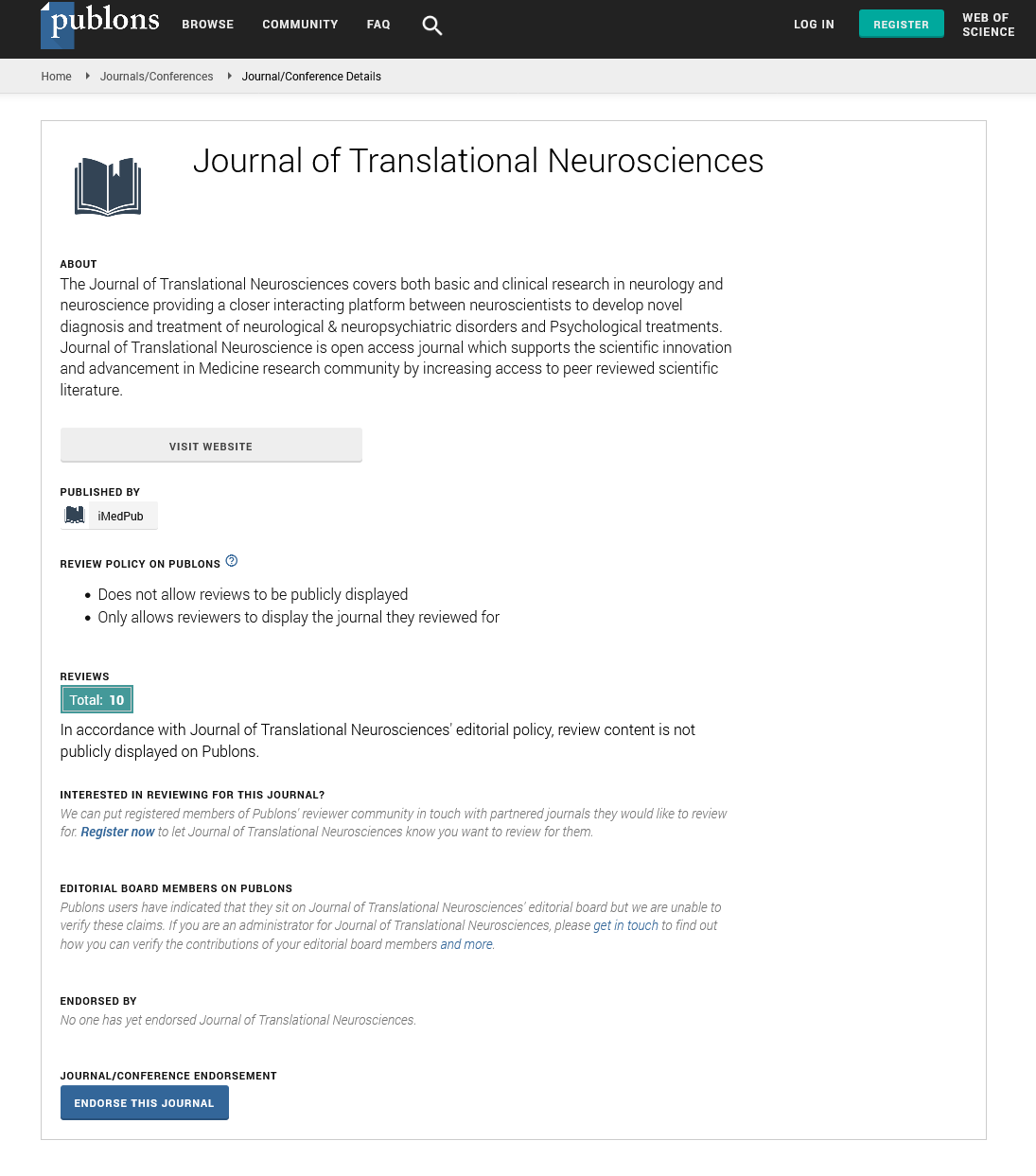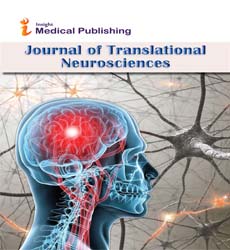Abstract
Features of cerebral hemodynamics in patients with chronic migraine
According World Health Organization (2012), migraine is one of the top 40 serious conditions cause disability in the world, as well as stroke, meningitis, epilepsy, and, according to some data, cause a significant economic burden to society and the state as a whole. The purpose was to study the clinical, pathophysiological and hemodynamic features of the course of chronic migraine. 82 patients with chronic migraine were studied, aged 12 to 47 years; the average age was 31,9±3,8 years. For comparison, 85 patients with simple migraine (migraine without aura) were selected, aged 14 to 42 years, and their average age was 29,2±2,6 years. The following analysis were carried out: clinical, neurological, electroencephalographic, and hemodynamic studies, the ID-migraine questionnaire, MIDAS scale (with the determination of migraine severity), EEG, and cerebral vascular ultrasound. Clinical and neurological, bioelectric and hemodynamic features of chronic migraines have been identified – prolonged migraine paroxysms, intense headaches, reduced performance, daily work activity lead to deterioration of the condition and form psychopathological manifestations, reduce the quality of life; EEG parameters can be objective indicators of the development of acute and chronic vascular complications, determining organic brain damage; migraine paroxysms are the background for the violation of the quality abilities of the cerebral vessels, and the frequency and duration of attacks change the normal physiology of the cerebral blood supply to the brain, being a predictor of acute and chronic brain ischemia.
Author(s):
Matlyuba Sanoeva1*, Munisakhon Gulova1, Mekhriniso Avezova1, Farruh Saidvaliev2
Abstract | Full-Text | PDF
Share this

Google scholar citation report
Citations : 46
Journal of Translational Neurosciences received 46 citations as per google scholar report
Journal of Translational Neurosciences peer review process verified at publons
Abstracted/Indexed in
- Google Scholar
- JournalTOCs
- China National Knowledge Infrastructure (CNKI)
- Publons
- Secret Search Engine Labs
- Euro Pub
Open Access Journals
- Aquaculture & Veterinary Science
- Chemistry & Chemical Sciences
- Clinical Sciences
- Engineering
- General Science
- Genetics & Molecular Biology
- Health Care & Nursing
- Immunology & Microbiology
- Materials Science
- Mathematics & Physics
- Medical Sciences
- Neurology & Psychiatry
- Oncology & Cancer Science
- Pharmaceutical Sciences


